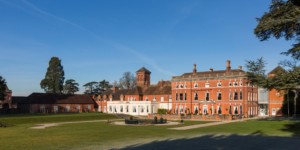
Oakley Hall: Exclusive Hire Perfect For An Intimate Asian Wedding
Nestled in the between Hampshire & Basingstoke, within 315 acres of lush greenery & serene landscapes, Oakley Hall is officially on the map as an

Plan, enquiry & save on the go.


Plan, enquiry & save on the go.

Are you a supplier? Click here
Please sign into your account
Fields marked with an asterisk (*) are required.
Fields marked with an asterisk (*) are required.
You can share your Events with anyone you would like to be a part of your planning process. They must have an existing account to view the Event, and will need to archive any active Events on their account, in order to successfully share this Wedding.
By doing this, you will be deleting the event details. You will not be able to retrieve this. Are you sure you would like to continue?
Are you sure you would like to continue?
By doing this, you will be deleting this event details. You will not be able to retrieve this event data. Are you sure?
Are you sure you want to delete all the details for this guest - you will not be able to change the later.
If you would like to cancel your Membership, click below to ensure payments are no longer billed to your account. Your profile will remain active until the end of your current billing period.
Don’t leave, we will miss you!
If you would like to cancel your Membership, click below to ensure payments are no longer billed to your account. Your profile will remain active until the end of your current billing period.
Your Membership will override any existing features, if you choose to switch your plan.
This membership plan provides you with the following features:

By doing this, you will be deleting your Profile, Billing and Membership details. You will not be able to retrieve any account data. Are you sure?

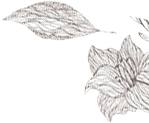
31st January 2023
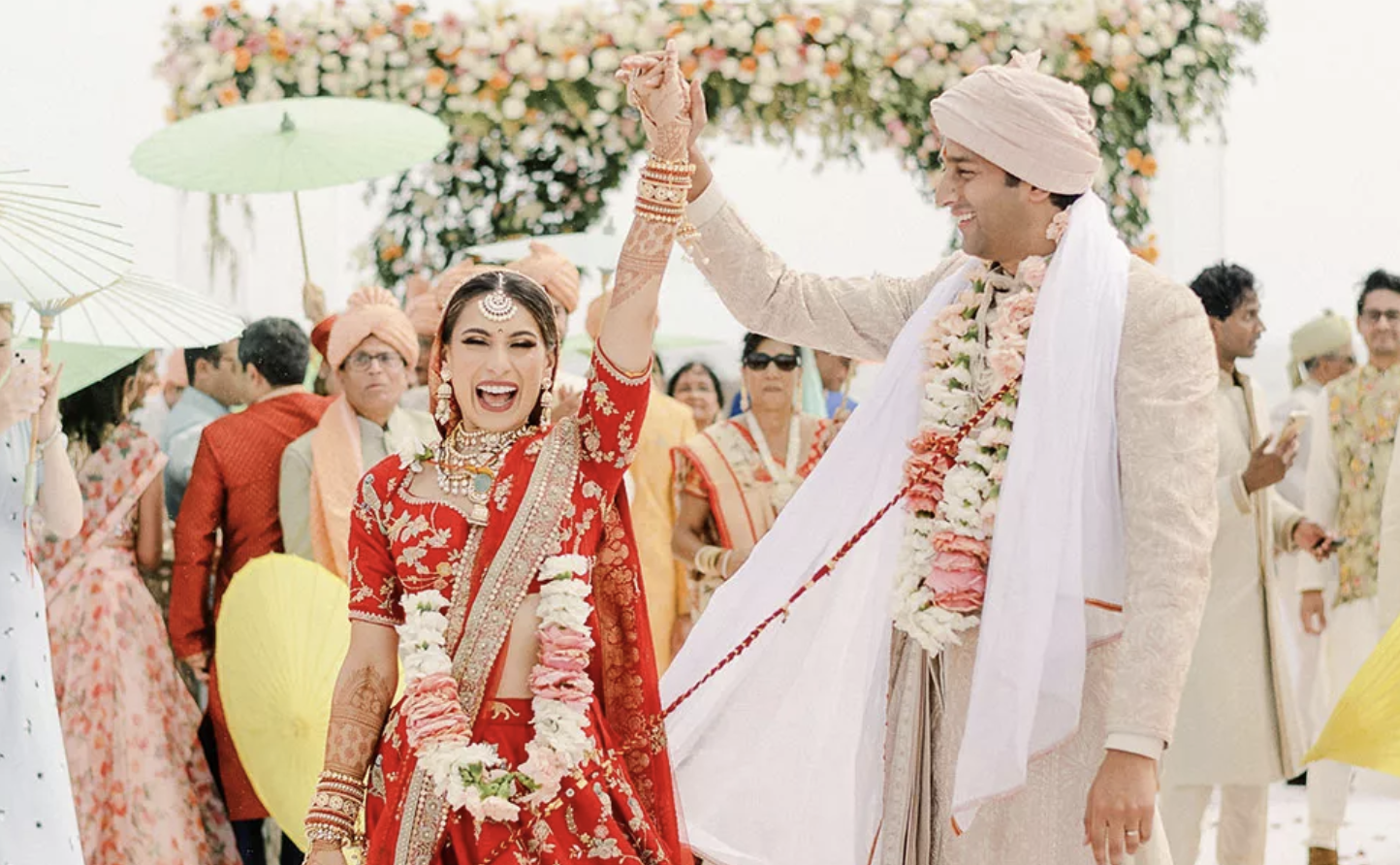
Indian weddings are so fun. The music, the celebration, the colours, the love: it’s all incredible. Every single element of a wedding ritual & custom relates to a deep-rooted Indian tradition, each of which were carried out by each of our ancestors many, many years ago. That being said, given that there are around 29 distinct cultures within the region, it’s safe to say that no two Indian weddings are really ever the same. Each family has various nuances to the events, which makes every event at every wedding very unique.
Quite honestly, the traditions have evolved so beautifully over the years as well. Some of the age-old traditions were more applicable to the lifestyle & demographics back in the day, so each couple interprets their significance differently. With so many traditions, we’ve decided to break them down for you.
COMMUNICATION IS KEY
Whilst we hope this post is extremely useful in giving you a bit of a starting point to understanding the traditions, it's always best to speak to your partner & families to see how you want to interpret and implement them into your wedding.
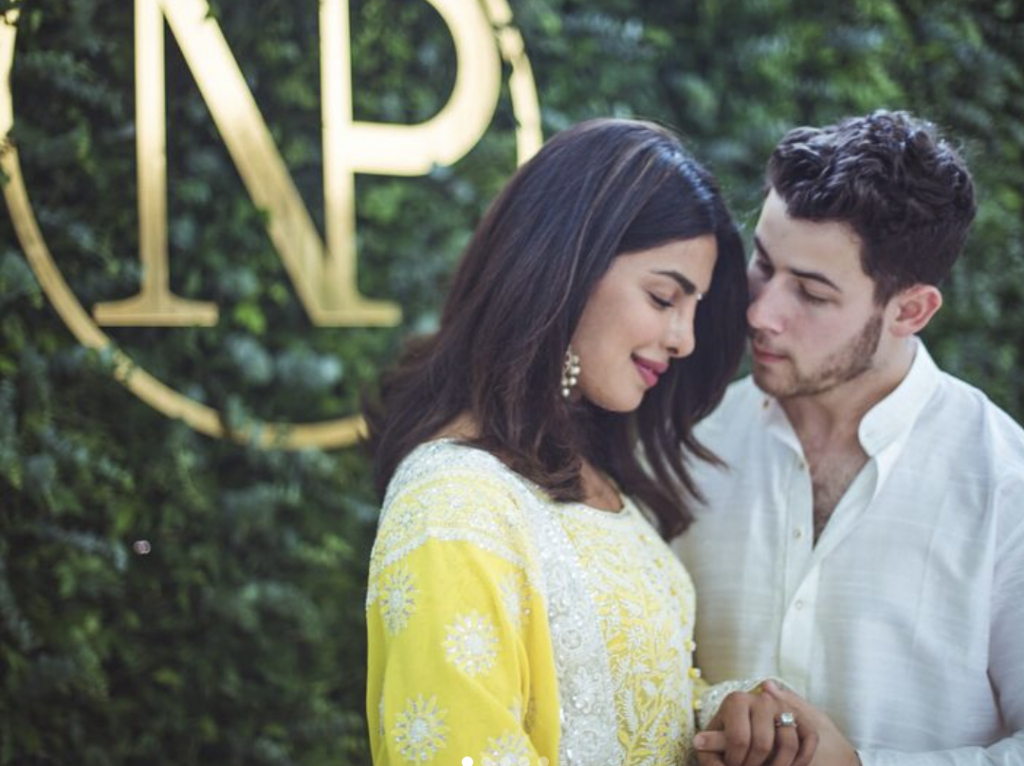
The Roka / Engagament ceremony symbolises the first step towards marriage.
It’s seen as the official consent and acceptance of marriage, traditionally, for the couple and their families.
In this ceremony, both sides of the family exchange sweets, gifts, and dry fruits. Some families often call upon a priest to perform a puja for the happy couple.
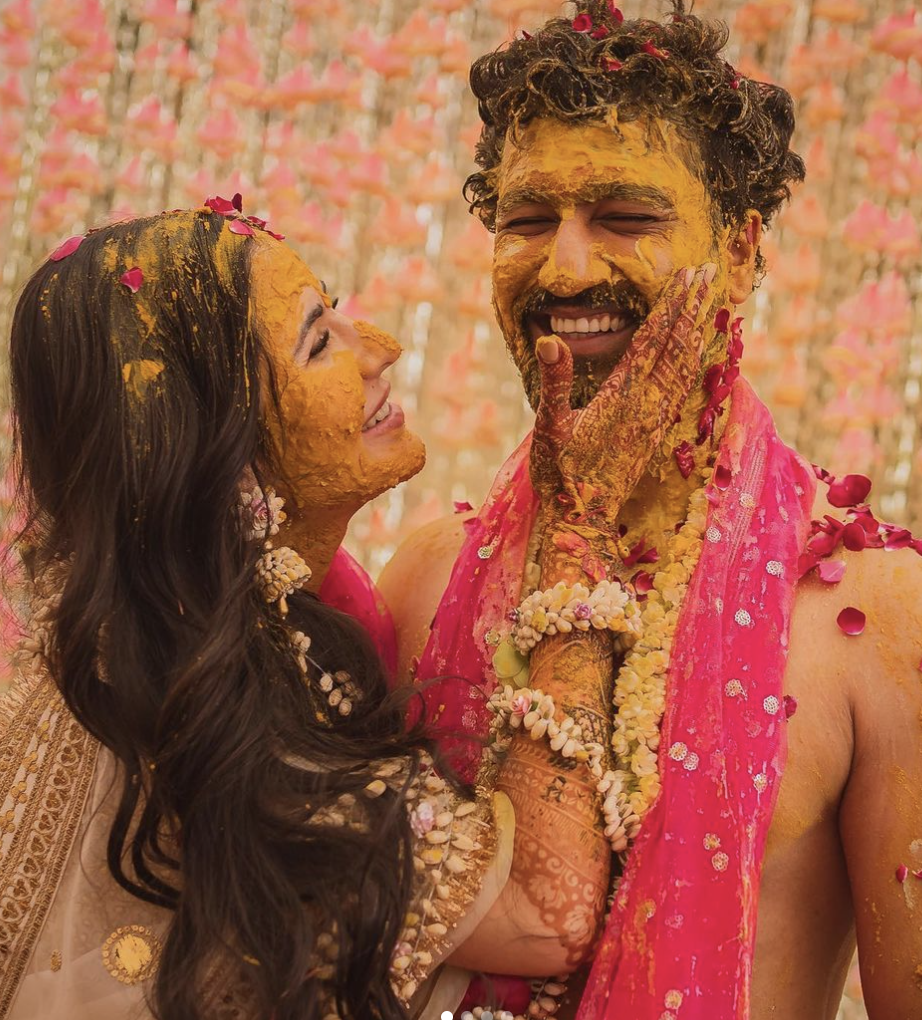
The Haldi ceremony is a cherished tradition in the Indian culture, in which Haldi (paste) is applied to the face, neck, hands, and feet of the bride and groom. The paste is known to have beautifying effects and antimicrobial capabilities, comprising of gramflour, turmeric, sandalwood, water, & oil.
The ritual is carried out a day before, or the morning of, the wedding. It signifies many beautiful things for Indian families: to ward of the evil eye (nazar), a symbol of blessings & a new journey, to detoxify the body, to add a glow; and so much more.
Nowadays, many couples opt for face mask alternatives to get that glow on their Haldi.
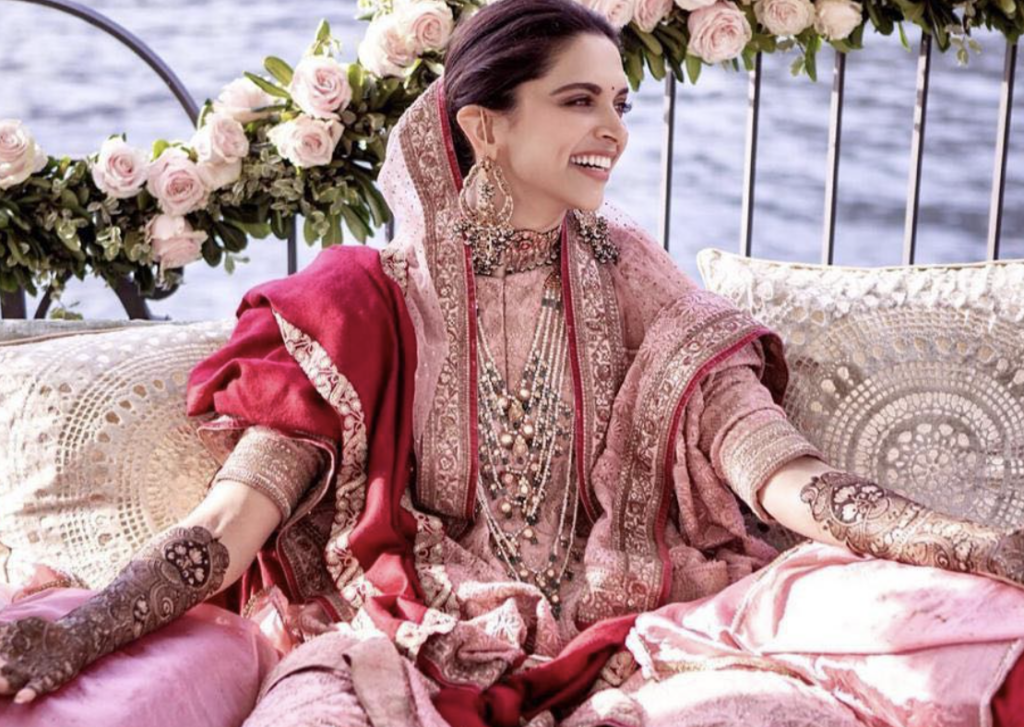
One of the most commonly heard and known ceremonies is the Mehndi. Commonly also known as henna, the paste is associated with positive spirits, good luck & calming effects.
The ceremony, often held a few nights before the wedding, is a way of sending the bride lots of good health and prosperity before the wedding.
Traditionally done on the bride, the ceremony is an extremely fun way to get the family and friends involved; by applying henna as well.
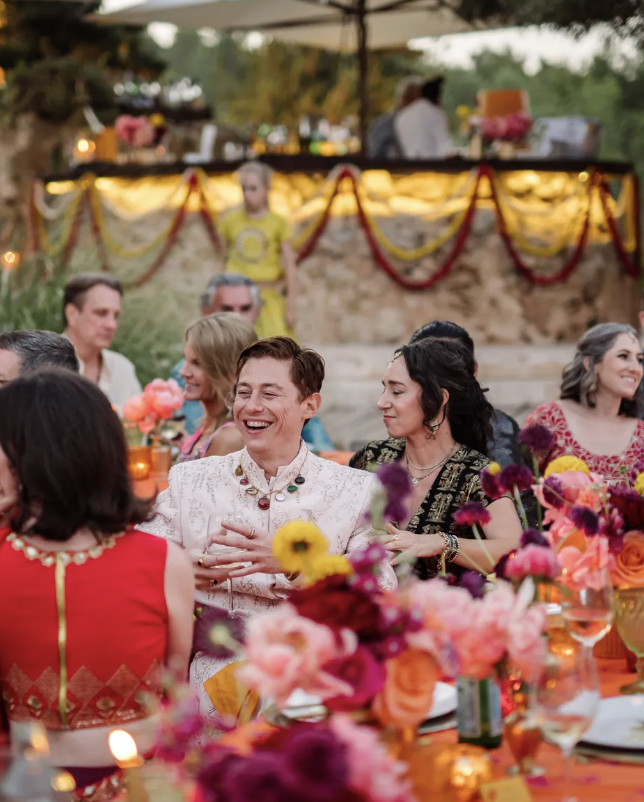
The Sangeet ceremony is a pre-wedding celebration in Hindu weddings, usually held a few days before the actual wedding day. It is a lively and joyous occasion where families and friends come together to dance, sing and celebrate the union of the couple. During the ceremony, the bride and groom’s families perform traditional dances and songs, and there is also a lot of food and drinks served.
The Sangeet is a time to bond, laugh and create memories that will last a lifetime. It is considered an important part of the wedding celebrations, reflecting the love and excitement surrounding the upcoming union of two families.
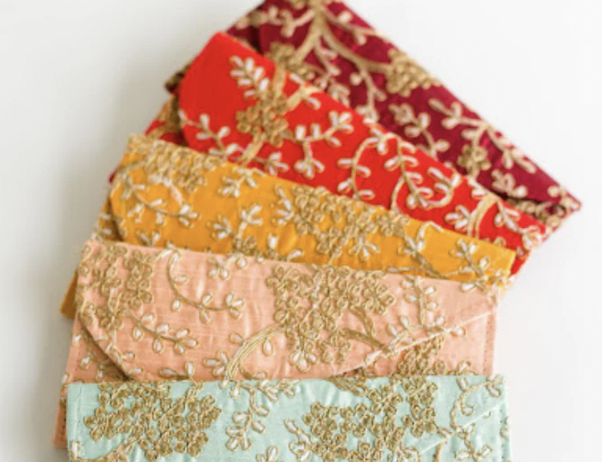
The Sagan is another Hindu wedding ceremony that takes place just a few days before the actual wedding day. The word “sagan” means “blessing” in Sanskrit. During this ceremony, the groom and his family visit the bride’s home to offer their blessings and formally ask for her hand in marriage. The bride’s family welcomes the groom with traditional hospitality.
The Sagan ceremony is a symbolic and emotional moment, marking the beginning of the couple’s life together. It is also an opportunity for families and friends to come together and celebrate the union of the couple.
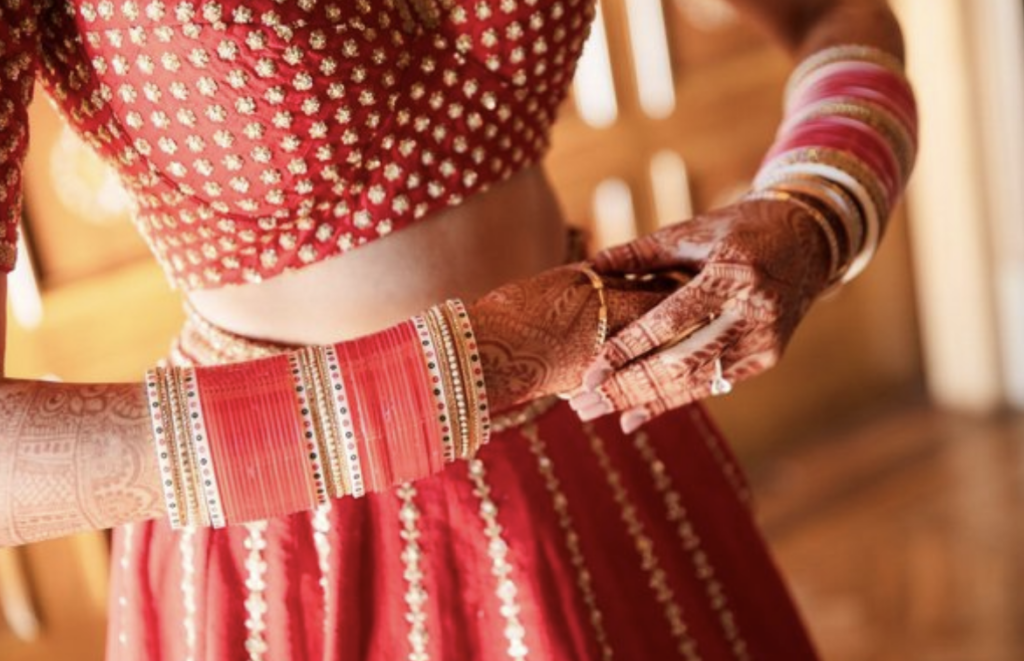
During the Choora ceremony, the bride’s maternal uncle and aunt tie a set of red and white bangles, called Choora, around her wrist, signifying her new marital status. The Choora is considered an important symbol of a married woman, and the ceremony is a way to publicly acknowledge and celebrate the bride’s transition into married life.
The Choora ceremony is usually held a few days before the wedding day and is attended by the bride’s family and close friends. It is a joyous occasion with music, dance, and food, and is considered an important part of the Hindu wedding celebrations, reflecting the love and excitement surrounding the union of the couple.
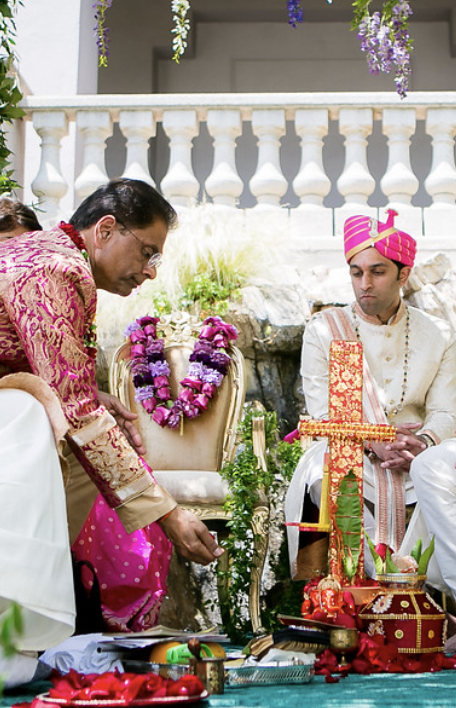
Ganesh Puja is a Hindu wedding ceremony that takes place prior to the main wedding day. It is a ritual to invoke the blessings of Lord Ganesha, the Hindu deity who is considered the remover of obstacles and the lord of beginnings. During the ceremony, a small statue or image of Lord Ganesha is worshipped with offerings of flowers, sweets and other items, while prayers are recited asking for his blessings and guidance for a smooth and successful wedding.
The ceremony is considered important as it is believed to ensure a positive start to the wedding and to ward off any potential hindrances or difficulties that might arise during the wedding celebrations. The puja is usually performed by the bride and groom’s families together, signifying their unity and shared commitment to the couple’s future together.
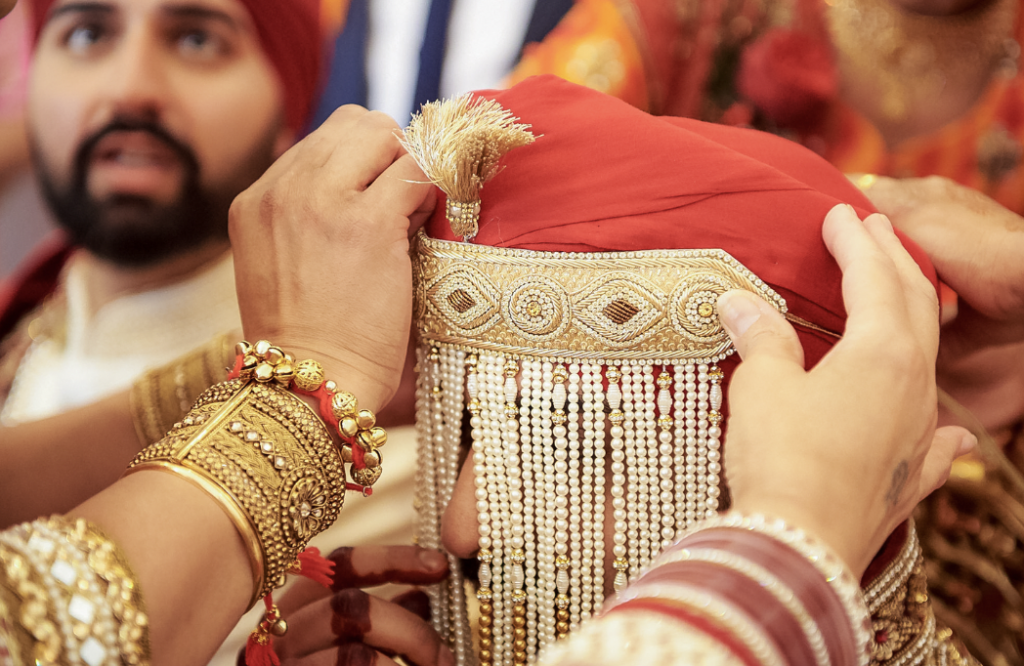
The Sehra ceremony is a pre-wedding tradition in Hindu weddings, particularly in North India. It is a ceremony where the groom is adorned with a Sehra, a type of head ornament made of flowers, pearls and sometimes even gold.
The Sehra is worn over the groom’s face and head as he makes his way to the wedding venue, signifying his readiness for marriage.
The ceremony is usually held on the wedding day and is attended by the groom’s family and friends, who accompany him to the wedding venue while singing and dancing.
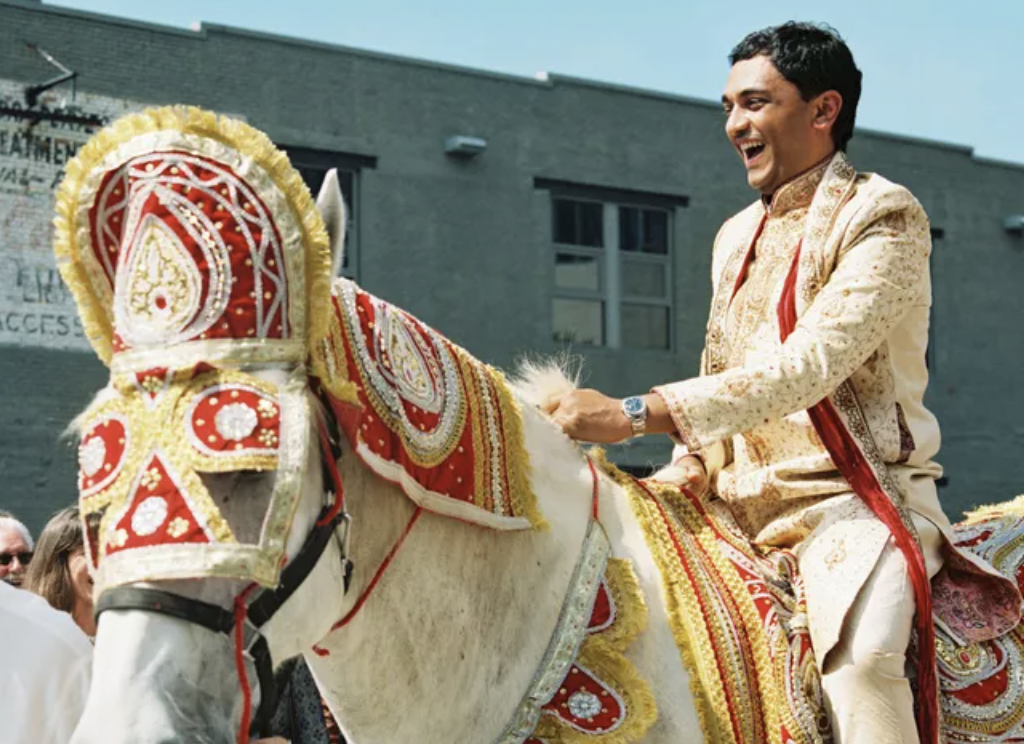
The Baraat is a grand procession led by the groom on horseback or in a decorated car, accompanied by his family and friends, from his home to the wedding venue. It is considered a symbol of the groom’s arrival and his readiness to begin the wedding celebrations.
During the procession, the groom and his family are greeted with music, dance, and cheers by the bride’s family and friends. The Baraat is a lively and joyous occasion, reflecting the excitement and anticipation surrounding the union of the couple. It is an opportunity for both families to bond and create memories that will last a lifetime.
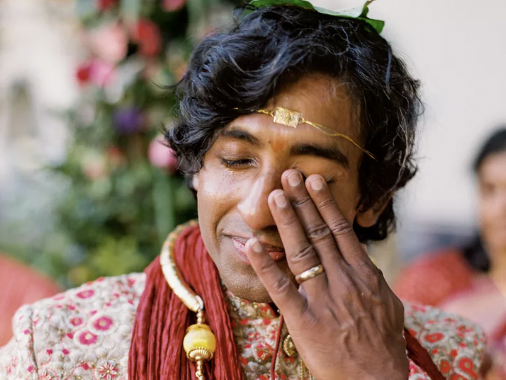
The Tilak ceremony is a Hindu pre-wedding tradition in which the groom’s family applies a symbolic mark on the forehead of the bride and groom, signifying their blessings and good wishes for the couple. The Tilak is usually made of sandalwood paste or vermilion powder and is applied by the groom’s father, uncle or brother.
The Tilak ceremony is a way for the groom’s family to formally welcome the bride into their family and express their love and support for the couple.
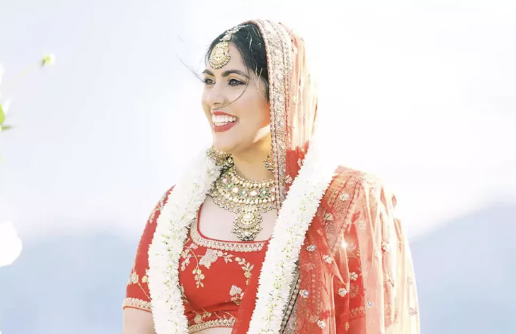
The Kanya Agman literally translates to “the bride’s arrival” onto the Mandap, where the wedding ceremony will take place.
Traditionally, she is escorted by her brothers or uncles, often under a phoolon ki chadar. More recently, brides choose to have their parents, siblings or bridesmaids walk them to the Mandap.
At the same time, Antarpat, a white curtain symbolizing traditional barriers is held between the Groom and Bride.

The Joota Chupai ceremony is a playful pre-wedding tradition. During the ceremony, the bride’s female friends and family hide the groom’s shoes, and the groom and his male friends must complete various tasks or pay a ransom to retrieve them.
The Joota Chupai is considered a lighthearted and fun way to add some excitement and humor to the wedding celebrations. The best part about it? In order for the groom to get his shoes back, he must pay the bride’s female friends!
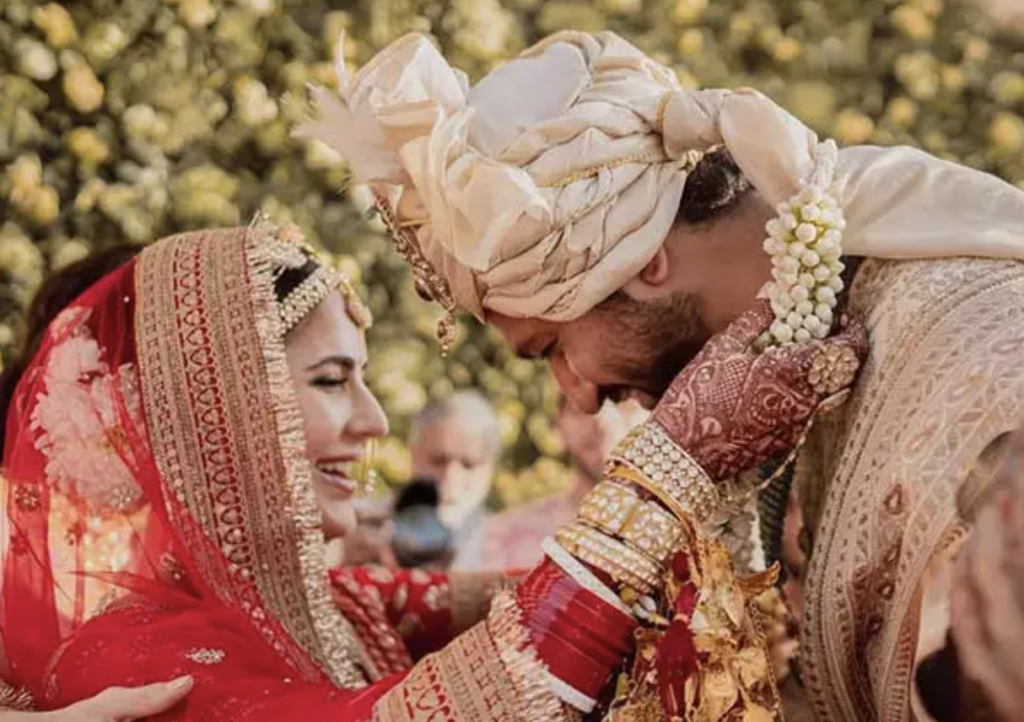
During the ceremony, the bride and groom exchange flower garlands, symbolizing their acceptance of each other as partners. The Varmala ceremony is usually held during the wedding ceremony, and is considered an important moment in the union of the couple.
The bride and groom stand facing each other, and the priest or a family member ties the Varmala around their necks, symbolizing the tying of their lives together.
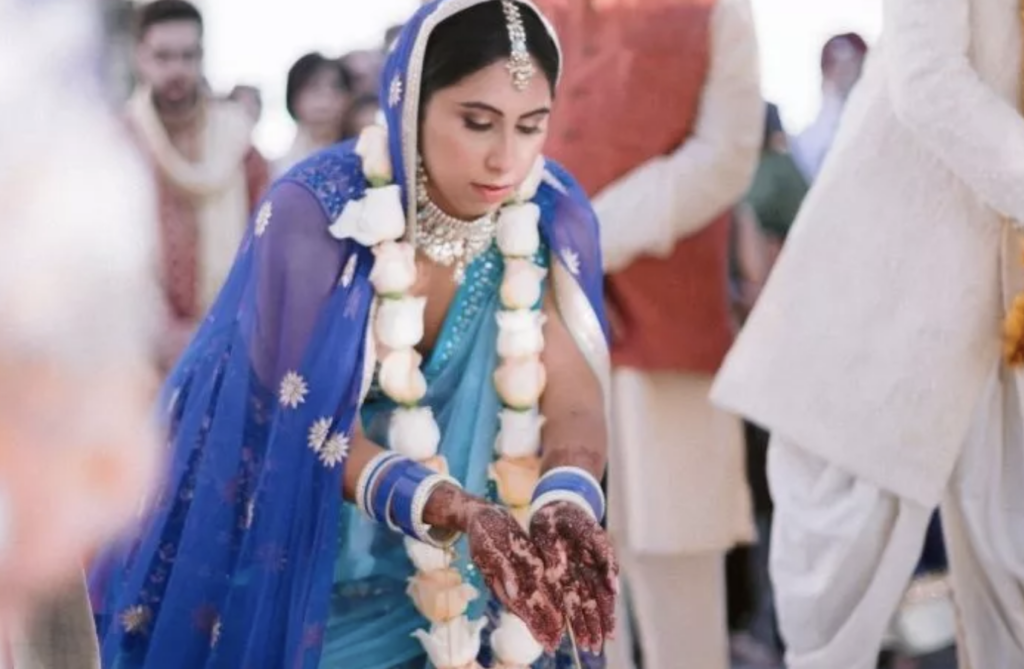
The Havan ceremony is a Hindu wedding tradition that involves offering prayers to the gods through a sacred fire ritual. During the Havan, a fire is lit in a designated area and offerings of grains, ghee, and other sacred items are made to the fire while prayers are recited by a priest or family member. The Havan is considered a purifying and sanctifying ritual, and is believed to bring blessings and good fortune to the couple. The Havan ceremony is usually held on the wedding day and is attended by the bride, groom, and close family members.
The Havan is an important part of Hindu wedding celebrations, and is a way for the couple to express their gratitude and seek blessings for their future together.
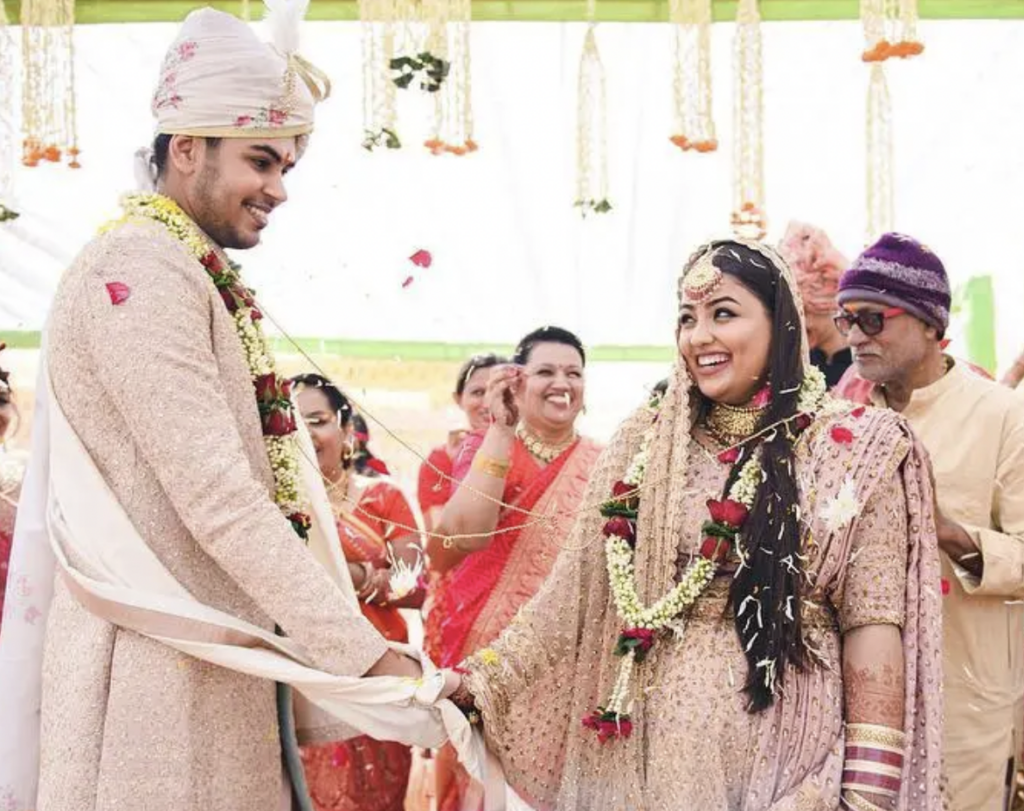
During the Phera ceremony, the bride and groom take seven vows or seven rounds around a sacred fire, symbolizing their union and commitment to each other. The Phera ceremony is usually held during the wedding ceremony and is considered the most important part of the Hindu wedding rituals.
The bride and groom walk around the fire hand-in-hand, with the priest or a family member reciting prayers and mantras. Each round represents a different vow, including promises of mutual love and support, care and respect, and the sharing of joys and sorrows.
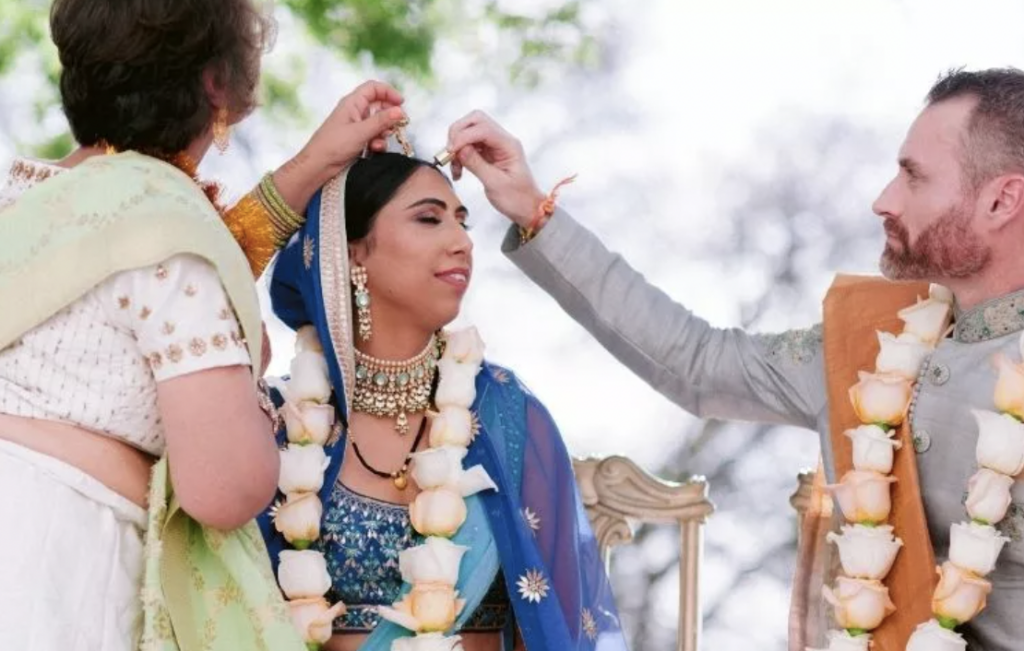
During the ceremony, the groom applies sindoor, a red powder, on the hair partition of the bride. This act signifies that the bride is now a married woman and that she is committed to her husband for life. The mangalsutra is a necklace worn by the bride, symbolising a married woman.
The sindoor & mangalsutra ceremonies are usually held after the Phera ceremony and is considered a final step in the Hindu wedding rituals.
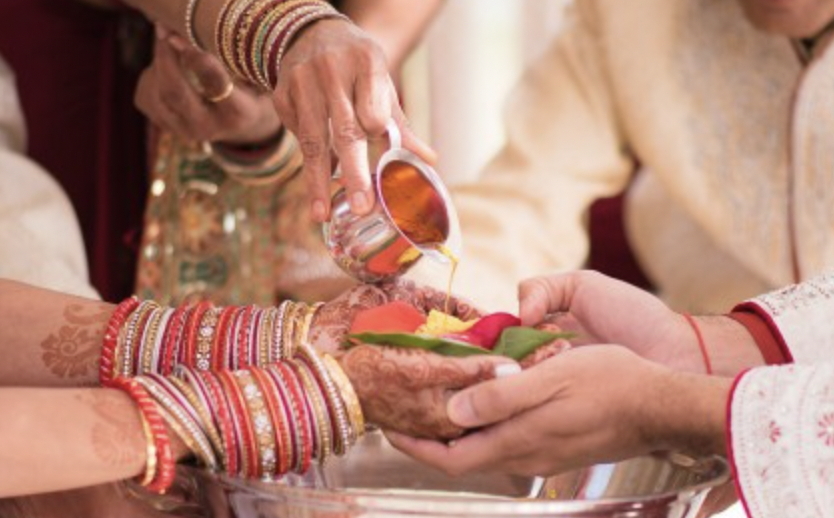
The Kanyadaan ceremony is a Hindu wedding tradition where the parents & families of the bride gives her hand in marriage to the groom. During the Kanyadaan ceremony, the father of the bride places his daughter’s hand in the groom’s hand, symbolizing the transfer of responsibility for her care from the father to the groom.
The Kanyadaan ceremony is considered a crucial moment in the Hindu wedding rituals, and is often accompanied by prayers and mantras recited by a priest or family member.
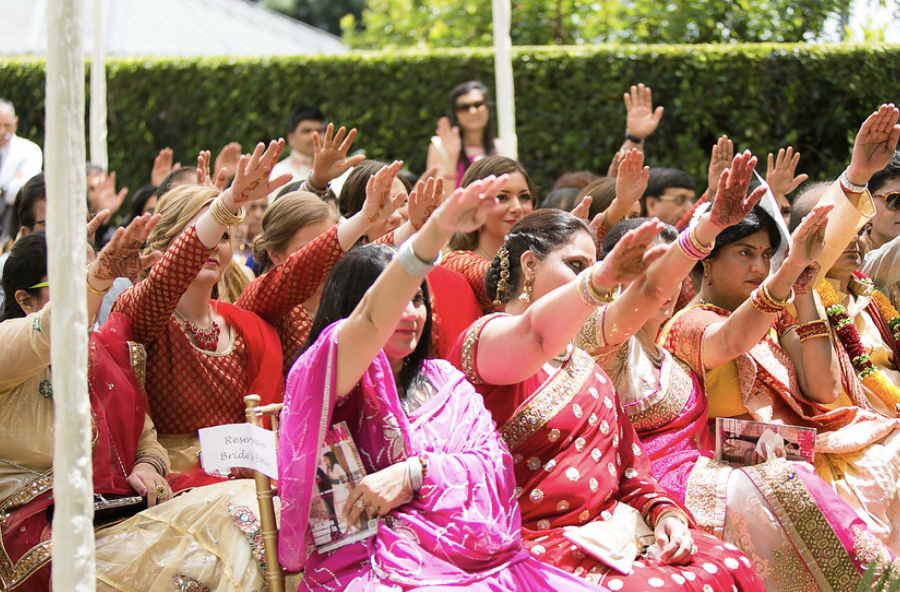
The Ashirwad ceremony, which literally translates to ‘blessings’, is a Hindu wedding tradition where the elders of the bride and groom’s families bless the couple for their future together.
During the Ashirwad ceremony, the elders of the bride and groom’s families apply tikka or sacred ash on the foreheads of the couple and offer them their blessings and good wishes for a happy and successful life together.
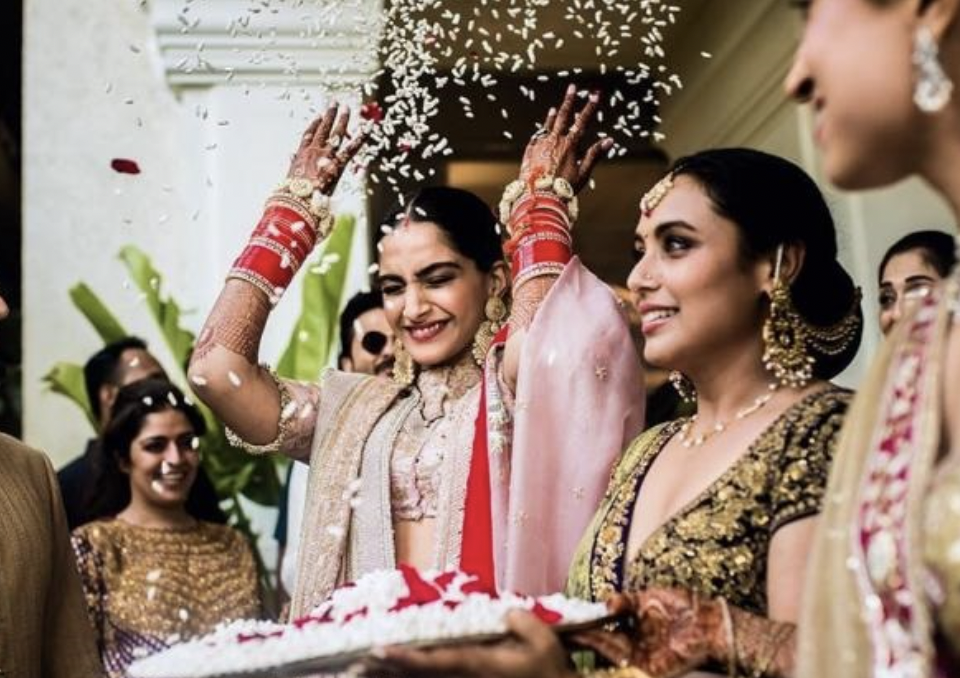
The Vidaai ceremony is a Hindu wedding tradition that marks the end of the wedding festivities and the departure of the bride from her parents’ home to her new home with her partner. During the Vidaai ceremony, the bride is blessed by her parents for her future life with her partner.
The Vidaai ceremony is a emotional and poignant moment, as the bride says goodbye to her childhood home and begins a new chapter in her life.

Nestled in the between Hampshire & Basingstoke, within 315 acres of lush greenery & serene landscapes, Oakley Hall is officially on the map as an
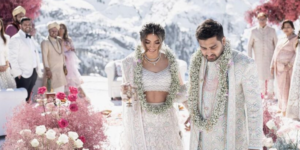
When it comes to deciding your wedding date, your options are endless. From special occasions, national holidays, or a numerical date that you love; every
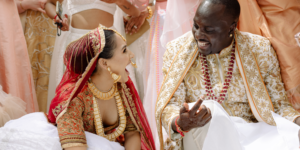
Welcome to Real Weddings: where we speak to real couples about their wedding planning process, the lead up to the big day, and any advice
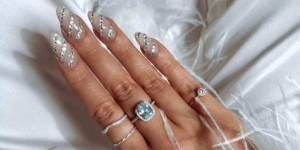
When it comes to wedding pampering, wedding nails are an absolute must. Whether it be something nude, a bit of glitz, or a classic red,
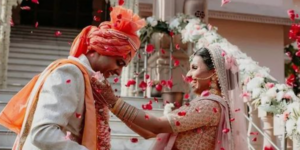
Planning a wedding is one of the most exciting and stressful times in a couple’s life. It’s a time when you can showcase your love
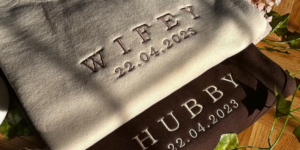
If you are newly engaged, then you’re probably loving your new favourite f word – fiancé! What better way to celebrate than with with matching
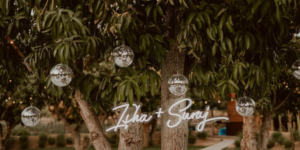
Congratulations to all you newly engaged couples! In recent years, we have seen weddings return to normality after the Covid-19 wedding disruptions, and now the
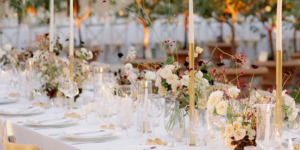
We spoke to some of our incredibly talented wedding decorators about some of their tried & tested wedding decor themes that are incredibly popular. Have
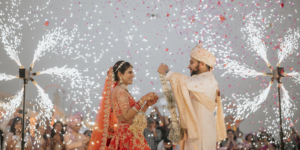
Welcome to Real Weddings: where we speak to real couples about their wedding planning process, the lead up to the big day, and any advice


Sign In with
Or sign up here